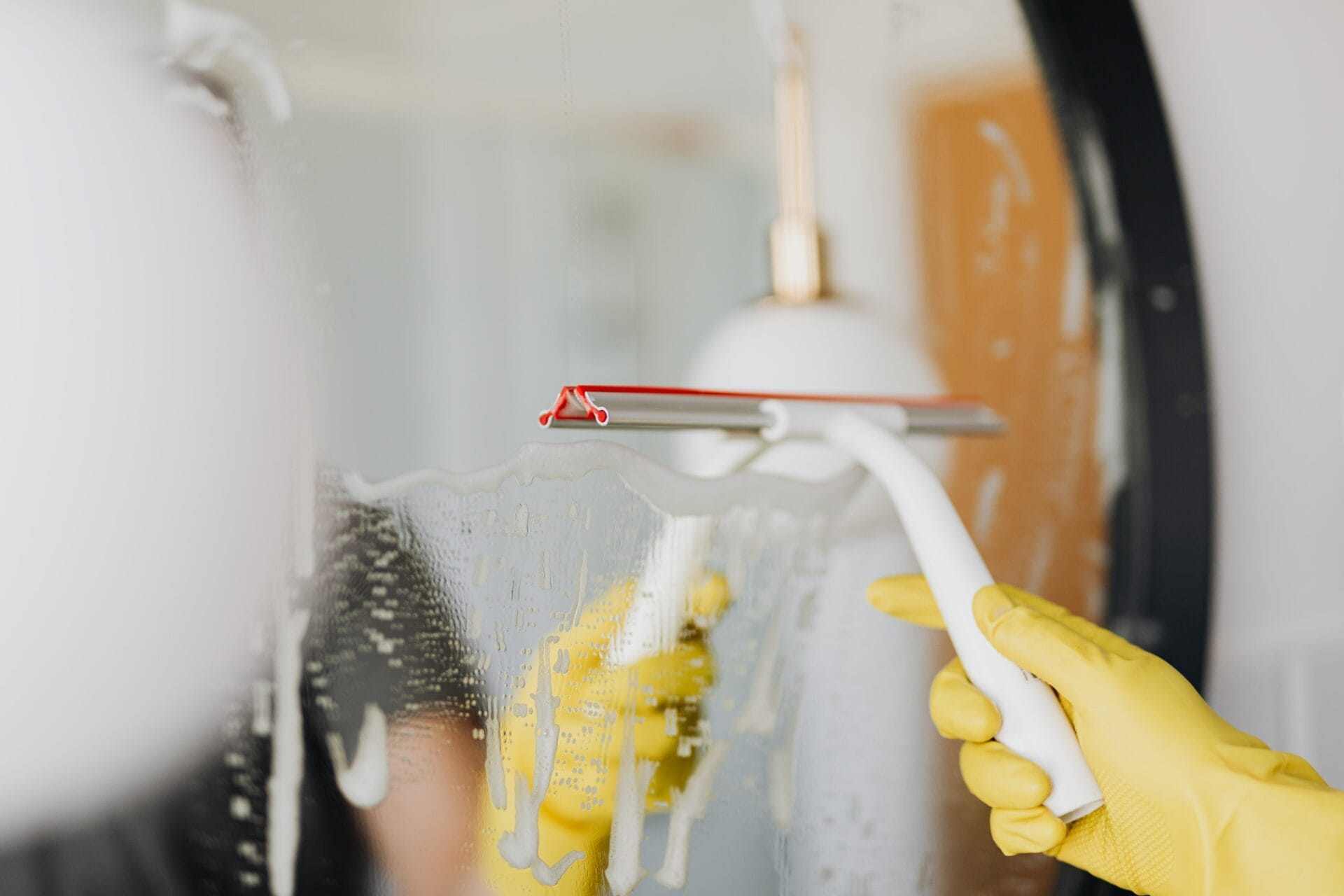Culligan water filters are a popular choice for many households looking to improve their tap water. But one common question is whether or not Culligan filters remove fluoride from the water. In this article, we’ll explore the answer to this question and look at the different types of Culligan filters available, as well as how effective they are at removing fluoride.Yes, Culligan Water Filters are designed to remove fluoride from water.
Types of Culligan Water Filters
Culligan has a range of water filters to suit different needs. From basic sediment filters to sophisticated reverse osmosis systems, Culligan has a filter for every household. Their filters come in both residential and commercial models and include:
1. Whole House Filters: These are the most comprehensive type of water filter systems and are designed to remove contaminants from all the water that goes into your house. They can be installed on the main water line and are usually cartridge-based.
2. Drinking Water System Filters: These filters are designed specifically for drinking water and are typically installed at the point of use. They can remove particulates, chlorine, lead, and other contaminants from your drinking water.
3. Reverse Osmosis Filters: This type of filter uses a membrane to remove impurities from your drinking water. It can remove up to 99% of contaminants from your drinking water, making it one of the most effective filtration methods.
4. Shower Filters: These filters are designed specifically for showers and baths. They can help reduce skin irritation, bad odors, and other impurities in your shower or bathwater.
5. Under Sink Filter Systems: These systems can be installed beneath your kitchen sink or countertop to provide clean drinking water right from the tap. They come in both pitcher and cartridge-based models.
No matter what type of Culligan filter you choose, you can rest assured that it will provide you with clean, safe drinking water for years to come!
How Does Fluoride Get into Drinking Water?
Fluoride is a natural mineral found in many water sources. In some areas, water companies add additional fluoride to the drinking water supply to help promote oral health. This process is called fluoridation.
The addition of fluoride to drinking water is regulated by the Environmental Protection Agency (EPA). Each state has its own regulations for how much fluoride can be added and how often it should be tested. In most cases, fluoride is added at a level of 0.7 parts per million (ppm).
The process of adding fluoride to drinking water involves mixing a concentrated solution of fluoride with the source water. The exact method used depends on the type of source water and the equipment available. For example, if the source water is surface water, it may be mixed with dry sodium fluoride powder in a tank before being added to the main supply. If the source water is groundwater, it may be mixed with liquid sodium fluoride in an injection system before being sent to customers’ taps.
Once it is added to the main supply, fluoride stays in the drinking water until it reaches customers’ taps. It then passes through filters and other treatment processes before reaching households and businesses where it can be used for cooking, bathing, and drinking. After use, any remaining fluoride is removed from wastewater during treatment processes before being discharged into rivers or other bodies of water.
Fluoridation has been shown to reduce levels of tooth decay in communities where it has been implemented. The American Dental Association recommends that all public drinking water supplies contain sufficient levels of naturally occurring or added fluoride for optimal dental health benefits.
Health Effects of Fluoride
Fluoride is a mineral found in many foods and water supplies. It has been used in toothpaste and other products to help prevent tooth decay for decades. Studies have shown that it can reduce cavities by as much as 70 percent. While fluoride has many benefits, long-term exposure to too much of it can cause health problems.
Excessive fluoride consumption can lead to dental fluorosis, which is a condition where the teeth become discolored and pitted. Long-term ingestion of fluoride may also increase the risk of bone fractures, especially in people with weakened bones due to age or disease. It may also interfere with enzymes in the body, leading to thyroid problems and other health issues.
High levels of fluoride can also affect the brain and nervous system. Studies have shown that children exposed to high levels of fluoride during early development may have impaired cognitive abilities later in life. Additionally, some research suggests that long-term exposure can lead to an increased risk of Alzheimer’s disease and other neurological disorders.
Overall, it is important to be aware of the potential health risks associated with excessive fluoride consumption. While fluoride has many benefits, it is important to limit your exposure by brushing with a low-fluoride toothpaste and drinking water from sources that are not heavily fluoridated. Additionally, if you live in an area where the water supply contains high levels of fluoride, you should consider using a filter or alternative sources for drinking water.
What is the Best Water Filter for Removing Fluoride?
Removing fluoride from drinking water is important in order to protect your health. Fluoride is a naturally occurring element, but it can become toxic at high levels. The best way to remove fluoride from drinking water is through the use of a water filter. There are many different types of filters available, but some are more effective than others when it comes to removing fluoride.
Reverse osmosis filters are generally considered the most effective type of filter for removing fluoride. These filters use a semipermeable membrane to filter out particles and contaminants from the water, including fluoride. Reverse osmosis systems also typically include a carbon pre-filter which can help reduce chlorine and other contaminants that may be present in the water supply.
Activated alumina filters are another type of filter that can be used for removing fluoride from drinking water. These filters use activated alumina, which has a high affinity for absorbing fluoride molecules from the water supply. Activated alumina filters are typically less expensive than reverse osmosis systems, but they may not be as effective at removing other contaminants from the water.
There are also distillation systems that can be used for removing fluoride from drinking water. Distillation involves boiling the water and then condensing it back into liquid form, leaving behind any impurities and contaminants that were in the original source water. This process can remove almost all traces of fluoride and other contaminants, making it one of the most effective methods for purifying drinking water.
No matter which type of filter you choose, make sure to follow manufacturer instructions carefully in order to ensure that your system is working properly and efficiently removing all unwanted contaminants including fluoride from your drinking water supply.

How Does a Water Filter Work to Remove Fluoride?
Water filters are designed to remove unwanted particles and contaminants from the water, including fluoride. The most common type of filter used to reduce fluoride levels in drinking water is an activated carbon filter. Activated carbon filters work by adsorbing the dissolved fluoride from the drinking water as it passes through the filter. The adsorption process involves trapping and binding the dissolved fluoride on the surface of the activated carbon particles within the filter. This helps to reduce the levels of fluoride in drinking water to safe levels.
In addition to activated carbon filters, there are other types of water filtration systems available that can effectively reduce fluoride levels in drinking water. Reverse osmosis systems use a semi-permeable membrane that passes water through while trapping most of the dissolved solids, including fluoride, on one side of the membrane. Ion exchange systems use a resin bed that traps and binds ions from hard minerals found in drinking water, such as calcium and magnesium, in exchange for releasing sodium ions into the water supply. This process also reduces levels of fluoride by exchanging it for sodium ions on the resin bed.
The effectiveness of a particular type of water filter depends on a variety of factors such as how much dissolved fluoride is present in your local area’s drinking water supply and how frequently you need to replace your filter media. For best results, you should always consult with an expert before purchasing any type of home filtration system for reducing fluoride levels in your drinking water.Yes, a reverse osmosis system can remove fluoride from water. Reverse osmosis is a process that utilizes a semi-permeable membrane to remove contaminants from water. It works by forcing water through the membrane, which traps dissolved solids and other contaminants. Fluoride is a common contaminant found in water, and reverse osmosis is an effective method for removing it.
Reverse osmosis systems come in many different sizes and capacities. Depending on your needs, you can purchase systems that are designed to filter out fluoride from your drinking water. Some systems are designed to filter out other contaminants as well, such as chlorine, lead, arsenic, and other heavy metals.
The effectiveness of any reverse osmosis system depends on how well it is maintained. To ensure optimal performance, it is important to replace the filters regularly and check the pressure gauges on the system to make sure they are functioning properly. Additionally, regular maintenance will help keep your system running smoothly and efficiently for years to come.
Overall, a reverse osmosis system can be an effective way to remove fluoride from water. It is important to do your research when purchasing a system so you know that it will meet your needs and be able to handle your particular type of water supply. With proper maintenance and care, you can enjoy clean drinking water free of fluoride for many years to come.
Testing for Fluoride in Drinking Water
Testing for fluoride in drinking water is an important way to ensure a safe and healthy drinking water supply. Fluoride is added to many public water supplies in order to help prevent cavities, but too much fluoride can be dangerous. It is therefore important to test the levels of fluoride in drinking water to ensure the right amount is present.
The most common method of testing for fluoride levels in drinking water is through a laboratory analysis. This involves taking a sample of the drinking water and sending it off to a laboratory that specializes in analyzing for fluoride content. The laboratory will then provide a report detailing the amount of fluoride present in the sample. This method provides an accurate measure of the amount of fluoride present, but it can be expensive and time consuming.
There are also home test kits available that can be used to test for fluoride levels in drinking water. These test kits use chemical reagents that react with the fluoride present in the sample, producing a color change that indicates the amount of fluoride present. While these tests are less accurate than laboratory analysis, they are easier and cheaper to use and can provide results quickly.
Regardless of which method you choose, it is important to test regularly for fluoride levels in your drinking water supply to make sure you are not consuming too much or too little of this important mineral.

Conclusion
Culligan Water Filter does remove fluoride from your water, albeit with some caveats. It is a reliable and affordable way to make sure you have access to fluoridated water without the potential risks of consuming too much. It is important to remember that the type of filter you choose will determine how effective it is at removing fluoride from your water. For the best results, it is recommended that you use a reverse osmosis system or activated carbon filter as these are proven to be the most effective methods for removing fluoride.
In conclusion, if you are looking for an effective way to ensure that you have access to fluoridated water without overconsuming it, then Culligan Water Filter may be the right choice for you. This type of filter can remove several contaminants from your water, including fluoride, making it an ideal solution for those seeking healthier, cleaner drinking water.

